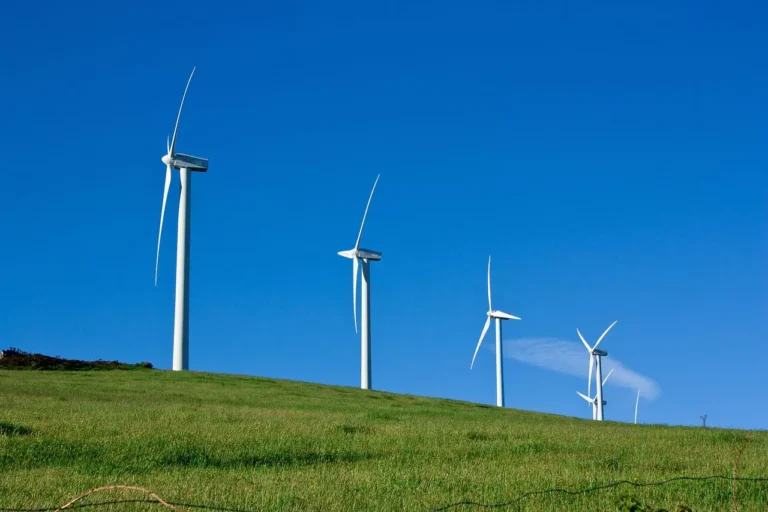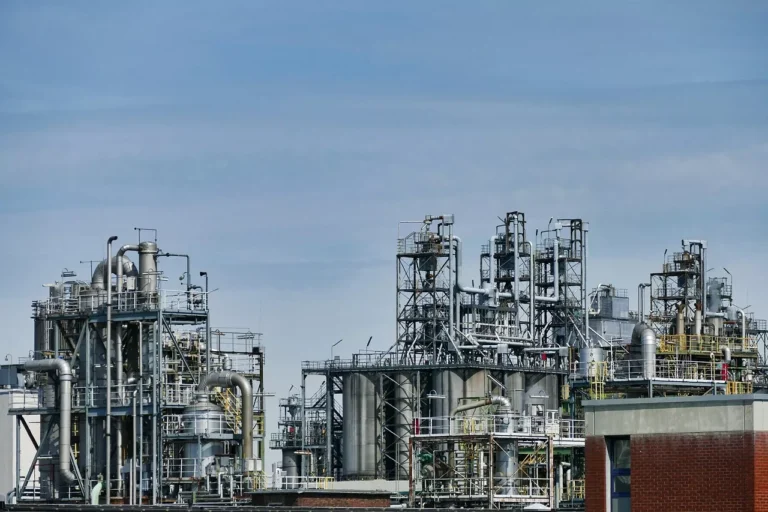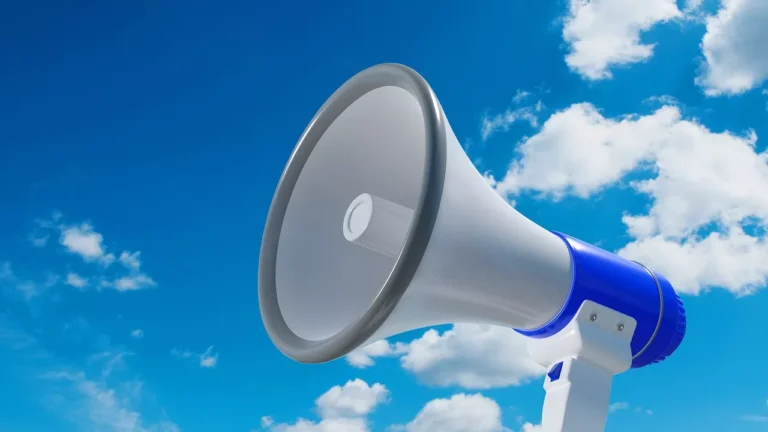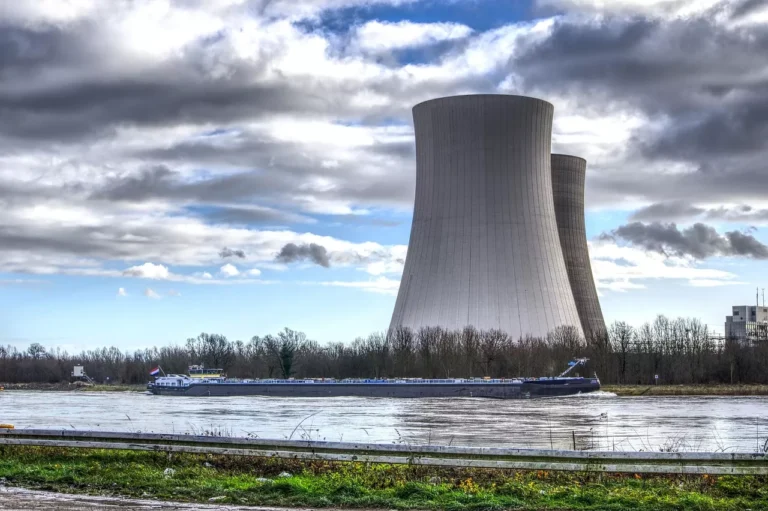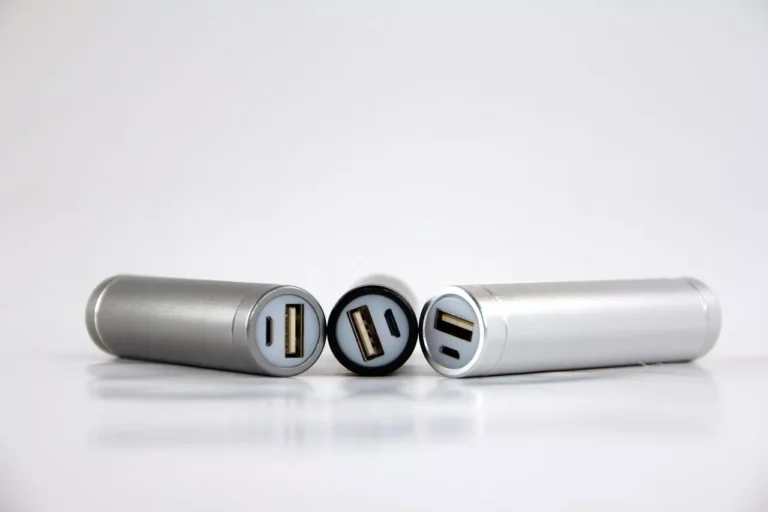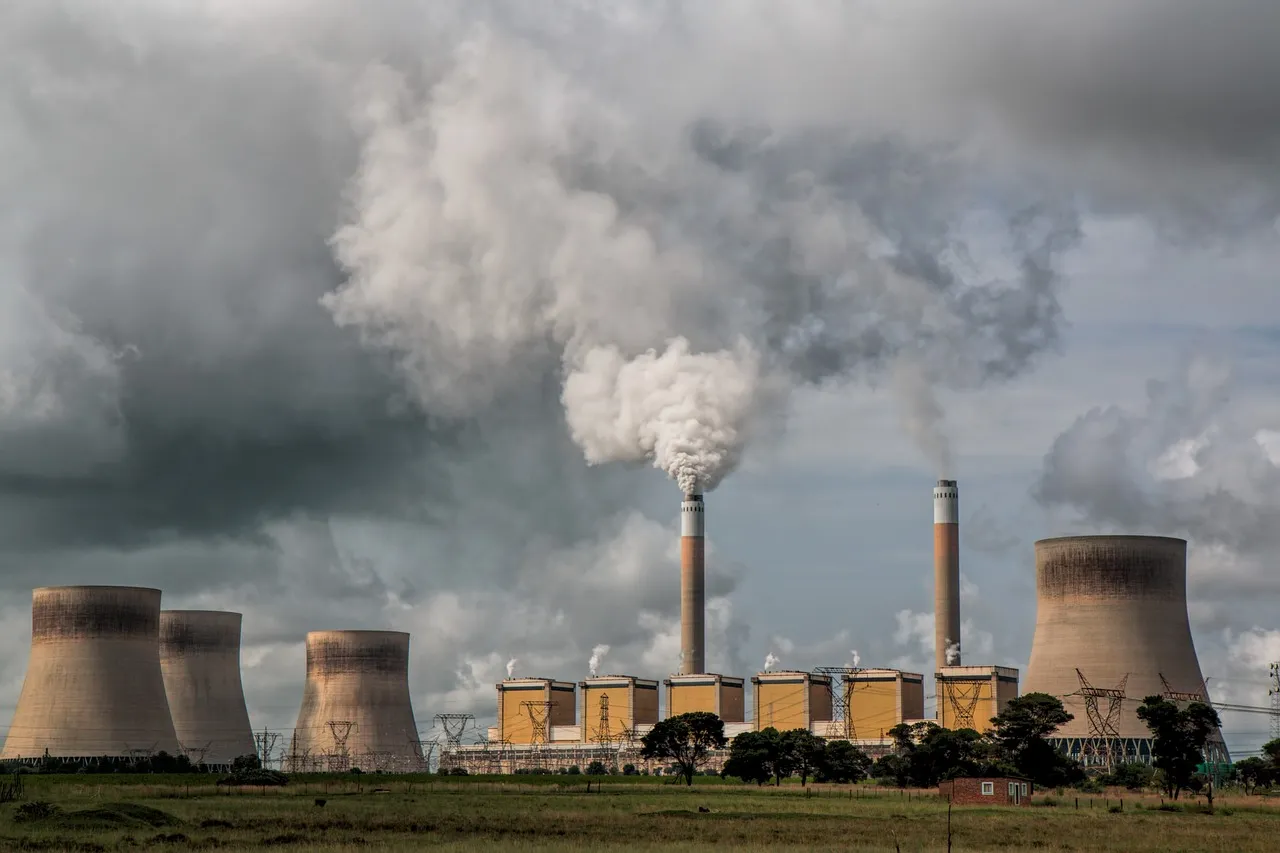
Bloom Energy and Chart Industries Announce Groundbreaking Carbon Capture Partnership
In a significant move toward reducing carbon emissions while maintaining reliable energy production, Bloom Energy, a global leader in fuel cell electricity generation, and Chart Industries, Inc., a global leader in energy and industrial gas solutions, have announced a transformative carbon capture partnership. This collaboration aims to deploy cutting-edge technology to provide customers with low-carbon, always-on power solutions, particularly targeting sectors such as data centers and manufacturing facilities. By integrating fuel cells with carbon capture technology, the partnership seeks to revolutionize the way industries manage their carbon footprint, enabling rapid deployment without sacrificing reliability or environmental responsibility.
Addressing the Growing Demand for Low-Carbon Energy Solutions
Industries worldwide are increasingly seeking sustainable power solutions that balance environmental concerns with operational demands. The need for near-zero carbon energy sources is particularly critical in energy-intensive industries such as data centers, heavy manufacturing, and industrial processing, where continuous power availability is essential. Bloom Energy and Chart Industries recognize this demand and are pioneering a novel approach that leverages high-purity carbon dioxide (CO₂) streams for more efficient carbon capture and utilization (CCU) or sequestration.
How the Partnership Works
The collaboration between Bloom Energy and Chart Industries will integrate Bloom’s proprietary solid oxide fuel cell technology with Chart’s advanced carbon capture solutions. Fuel cells from Bloom Energy generate electricity without combustion, producing an exhaust stream with a significantly higher concentration of CO₂ than traditional natural gas-based power generation methods. Chart Industries will then process this high-purity CO₂ into outputs suitable for either direct utilization or long-term sequestration, aligning with evolving global decarbonization strategies.
Advantages of High-Purity CO₂ Capture
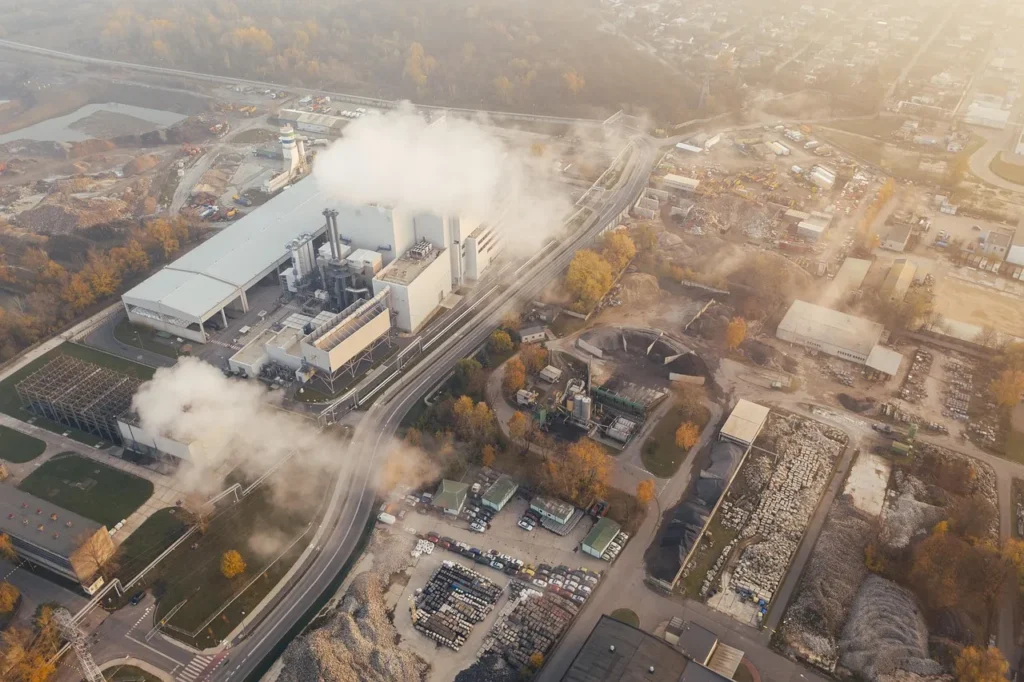
The effectiveness of carbon capture technology depends heavily on the concentration of CO₂ in the exhaust stream. Conventional combustion-based power generation, such as gas turbines and reciprocating engines, produces exhaust containing only about 5% CO₂. This low concentration makes carbon capture technically challenging and financially prohibitive. In contrast, Bloom Energy’s fuel cell technology produces an exhaust stream with a CO₂ concentration approximately ten times higher, reducing the energy and cost required for capture. The lower mass flow and high CO₂ concentration significantly enhance the feasibility of carbon capture for large-scale deployment.
The Role of CO₂ Utilization and Sequestration
While carbon sequestration infrastructure is expanding globally, many regions lack the necessary facilities for long-term CO₂ storage. The partnership recognizes the importance of CO₂ utilization as an interim solution, repurposing captured carbon for industrial applications. The CO₂ utilization market serves as a bridge, providing an immediate pathway to repurpose emissions while supporting long-term decarbonization efforts. According to Morgan Stanley, over 500 million tonnes per annum (MTPA) of carbon storage capacity is expected to come online within the next five years. As sequestration capabilities grow, CO₂ utilization will play a crucial role in transitioning toward large-scale carbon storage solutions.
Industry Applications and Market Impact
Data Centers
Data centers are among the largest consumers of electricity, with a growing need for reliable and sustainable power sources. The demand for data processing and storage is surging, driven by cloud computing, artificial intelligence, and big data applications. Bloom Energy and Chart Industries’ solution offers data centers a way to meet energy needs while adhering to carbon reduction mandates. By integrating carbon capture with fuel cell technology, these facilities can operate with minimal emissions while maintaining energy resilience.
Manufacturing and Heavy Industry
Industrial manufacturers face stringent environmental regulations and growing pressure to decarbonize operations. The ability to generate reliable power with integrated carbon capture presents a viable solution for energy-intensive industries, allowing them to maintain production efficiency while reducing greenhouse gas emissions.
Food and Beverage Industry
One of the immediate applications for captured CO₂ is in the food and beverage industry, where CO₂ is widely used for carbonating beverages, food preservation, and packaging. Chart Industries has already initiated projects utilizing captured CO₂ for such purposes, demonstrating a tangible use case for repurposed emissions.
Expert Perspectives on the Partnership
KR Sridhar, Founder, Chairman, and CEO at Bloom Energy
“Our partnership with Chart aims to demonstrate that cost-effective, onsite baseload power from natural gas with carbon capture is feasible at scale,” said Sridhar. “Bloom fuel cells generate electricity without combustion, producing a concentrated CO₂ stream that lowers extraction costs, making carbon capture more affordable and efficient. For energy-intensive industries like data centers and large manufacturers, this will provide a path to reliable, scalable power while significantly reducing carbon emissions. I am excited about the opportunities this partnership can unlock and the positive impact for our planet.”
Jill Evanko, CEO at Chart Industries
“Chart is a global leader in carbon capture,” Evanko said. “We are excited to bring this expertise to Bloom and their unique platform which is capable of not just producing reliable power but also a concentrated CO₂ stream. Working with a market leader in solid oxide fuel cells, we see exciting opportunities for our partnership in both sequestration and utilization markets. We are already working on projects where the captured CO₂ will be utilized in the food and beverage industry.”
Scaling Carbon Capture for a Sustainable Future
The deployment of fuel cells integrated with carbon capture technology represents a step toward reducing the carbon footprint of industries reliant on natural gas. Bloom Energy and Chart Industries are setting a precedent for how carbon capture can be commercially viable, offering an effective pathway to reducing emissions without requiring a complete overhaul of existing energy infrastructure.
Regulatory and Policy Considerations
Government policies and incentives play a crucial role in the adoption of carbon capture technologies. In the U.S., tax credits such as the 45Q credit incentivize carbon capture and sequestration, making projects more financially attractive. The Inflation Reduction Act (IRA) further bolsters investment in clean energy and carbon management technologies. Additionally, global initiatives such as the European Union’s Green Deal and China’s carbon neutrality goals reinforce the importance of scalable carbon capture solutions.
Future Prospects and Industry Implications
With climate change mitigation efforts gaining momentum worldwide, companies that invest in innovative carbon management solutions are poised for growth. The Bloom Energy and Chart Industries partnership highlights the increasing convergence of clean energy technologies and carbon capture, paving the way for a future where energy production and emissions reduction go hand in hand.
The success of this initiative will likely inspire further collaborations between energy technology firms, industrial gas leaders, and end users looking for sustainable solutions. As infrastructure for carbon sequestration expands and CO₂ utilization markets mature, this partnership could serve as a model for future carbon management strategies across multiple industries.





